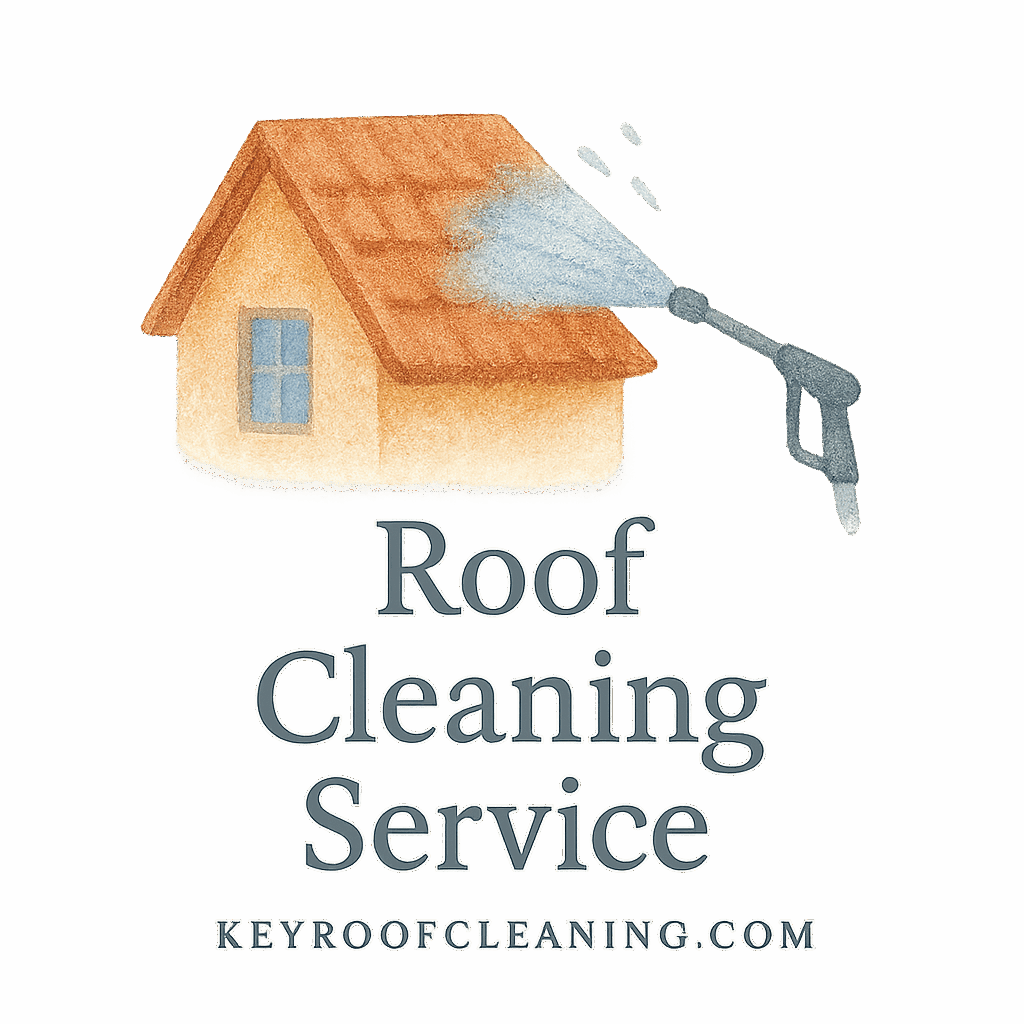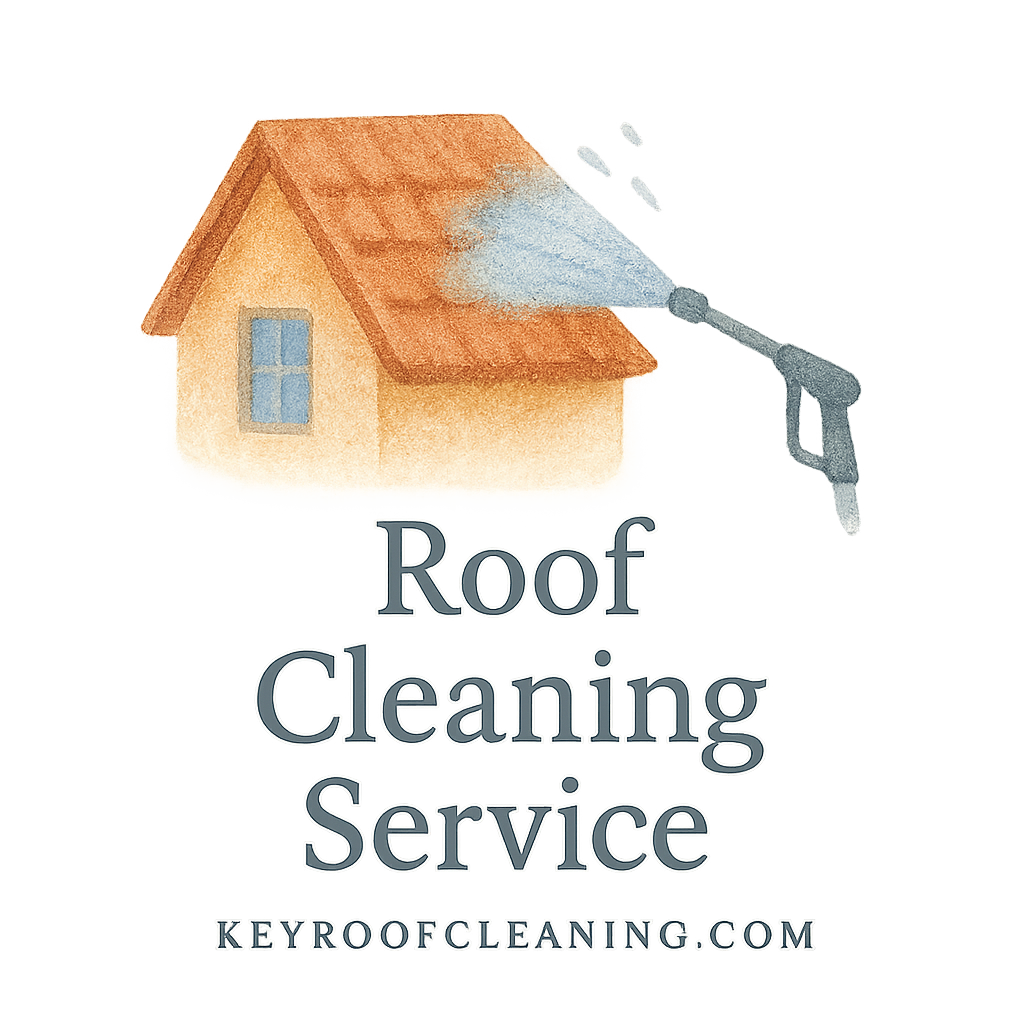Why Eco-Friendly Roof Cleaning Matters
Let’s be honest: cleaning your roof probably isn’t your idea of fun. But if you’re someone who cares about the planet (and your property value), you might want to consider more than just effectiveness—you want to be kind to the environment, too.
Environmental Impact
Traditional roof cleaning methods can introduce harsh chemicals into the ecosystem. That runoff? It doesn’t just disappear—it flows into your garden, local drains, and eventually into streams and rivers. That’s a recipe for environmental disaster.
Health and Safety Concerns
Aside from harming nature, those harsh chemicals can affect your health and even corrode roofing materials over time. Choosing safer options keeps your family, pets, and property protected. Plus, it aligns perfectly with sustainable living principles (learn more).
What Makes a Roof Cleaning Method “Eco-Friendly”?
Key Characteristics
Eco-friendly techniques avoid harsh chemicals, reduce water use, and minimize energy consumption. They’re not just “green-washed” alternatives; they must genuinely lower your environmental impact.
Avoiding Harsh Chemicals
Look for cleaners labeled biodegradable and free from chlorine bleach or ammonia. Safe doesn’t mean less effective—just more responsible.
Technique #1: Soft Washing with Biodegradable Solutions
Benefits of Biodegradable Roof Cleaners
Soft washing involves applying a low-pressure stream of eco-friendly cleaning solution. It’s safe for shingles, tile roofs, and the surrounding environment.
How It Works
The solution sits on the roof and breaks down mold, algae, and dirt before being gently rinsed off. Check out this guide to roof cleaning techniques for more details.
Technique #2: Manual Scrubbing for Delicate Roofs
Best Tools for Manual Cleaning
Got a fragile or older roof? Manual scrubbing is your best friend. Use soft-bristle brushes, non-slip shoes, and a little elbow grease. It’s labor-intensive but incredibly safe for delicate roofs.
Safety First: Avoiding Slips and Falls
Manual cleaning can be risky, especially on steep or mossy surfaces. Brush up on ladder safety before heading up there.
Technique #3: Steam Cleaning
When to Use Steam
Steam cleaning uses heated vapor to lift dirt and grime. It’s chemical-free and ideal for removing organic buildup like moss or mildew without damage.
Energy and Water Efficiency
Modern steam cleaners are energy-efficient and use far less water than traditional methods, ticking both the eco-friendly and green methods boxes.

Technique #4: Eco-Friendly Pressure Washing
Pressure Settings for Different Roof Types
Pressure washing gets a bad rap, but when done with care, it’s very effective. Keep the PSI low (under 1,200) and avoid aiming directly at shingles. Use roof-specific attachments for best results.
Eco-Safe Detergents to Pair With Pressure Washing
Always pair your washer with green cleaning solutions. Many brands now offer detergents that are biodegradable and non-toxic.
Technique #5: Moss and Algae Removal with Vinegar
Simple DIY Recipe
Mix white vinegar with water (50:50 ratio), spray on affected areas, let sit, then rinse. It’s an old-school trick that works wonders without any side effects.
Things to Avoid
Never mix vinegar with bleach or other cleaners—it can create dangerous fumes. Stick with one safe cleaning method at a time.
Technique #6: Oxygen Bleach Treatment
Why It’s Safer than Chlorine Bleach
Unlike chlorine bleach, oxygen bleach is non-toxic, color-safe, and doesn’t release harmful fumes. It breaks down into water and oxygen—simple and safe.
Application Tips
Apply using a garden sprayer and let it sit for 15–30 minutes before rinsing. Great for roofs plagued by mold or algae, especially in shaded areas. See more on the basics of roof cleaning.
Technique #7: Installing Copper or Zinc Strips
Natural Prevention
Copper and zinc are natural algae and moss deterrents. Installed near the roof ridge, rainwater reacts with the metal, creating a moss-repelling flow.
Cost and Installation Tips
They’re a bit of an upfront investment, but they save you in the long run. If you’re not a DIYer, consider hiring a professional service.
Technique #8: Hiring an Eco-Conscious Professional
What to Ask Before Hiring
Not all roof cleaners are created equal. Ask about their methods, chemicals used, and whether they follow OSHA and accident prevention guidelines.
Certifications and Practices
Look for eco-certifications or affiliations with green-living organizations. You can find a list of things to check in this roof cleaning checklist.
Ongoing Maintenance Tips for an Eco-Friendly Roof
Regular Inspections
Don’t wait for moss to take over. Inspect your roof every 3–6 months to catch problems early.
Sustainable Tools and Products
Use tools and products that support eco-conscious upkeep. Look for low-impact sprayers, solar-powered cleaners, or non-toxic solutions.
Conclusion
You don’t need harsh chemicals or gallons of water to keep your roof clean. With a little care and eco-savvy thinking, you can protect your home and the planet. Whether you’re scrubbing it yourself or calling in the pros, these eco-friendly roof cleaning techniques are smart, safe, and sustainable. Want to dig deeper? Our entire roof cleaning knowledge base has your back.
FAQs
1. Can eco-friendly methods really clean as effectively as chemical ones?
Absolutely. Many biodegradable solutions are just as effective without the side effects.
2. How often should I clean my roof using eco-friendly methods?
Twice a year is a good rule of thumb—especially before and after rainy seasons.
3. Is vinegar safe for all roof types?
Generally yes, but avoid it on unsealed concrete tiles or slate. Always test a small area first.
4. Are copper strips safe for pets and the garden?
Yes. The runoff contains trace amounts of copper but isn’t harmful to pets or plants.
5. What’s the best eco-friendly method for tile roofs?
Soft washing with biodegradable solutions is ideal. You can learn more here.
6. Can I mix multiple eco-methods?
Yes, but not at the same time. Give your roof time to neutralize between treatments.
7. Where can I find eco-friendly roof cleaning tools?
Visit our tools and products page for trusted recommendations.


